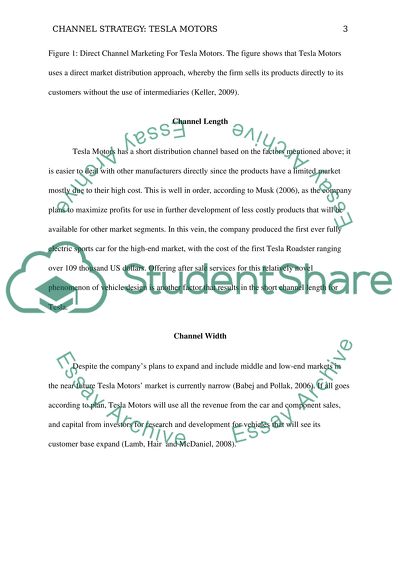Cite this document
(“Channel Strategy: Tesla Motors Term Paper Example | Topics and Well Written Essays - 2500 words”, n.d.)
Retrieved from https://studentshare.org/marketing/1395124-channel-strategy-tesla-motors
Retrieved from https://studentshare.org/marketing/1395124-channel-strategy-tesla-motors
(Channel Strategy: Tesla Motors Term Paper Example | Topics and Well Written Essays - 2500 Words)
https://studentshare.org/marketing/1395124-channel-strategy-tesla-motors.
https://studentshare.org/marketing/1395124-channel-strategy-tesla-motors.
“Channel Strategy: Tesla Motors Term Paper Example | Topics and Well Written Essays - 2500 Words”, n.d. https://studentshare.org/marketing/1395124-channel-strategy-tesla-motors.


